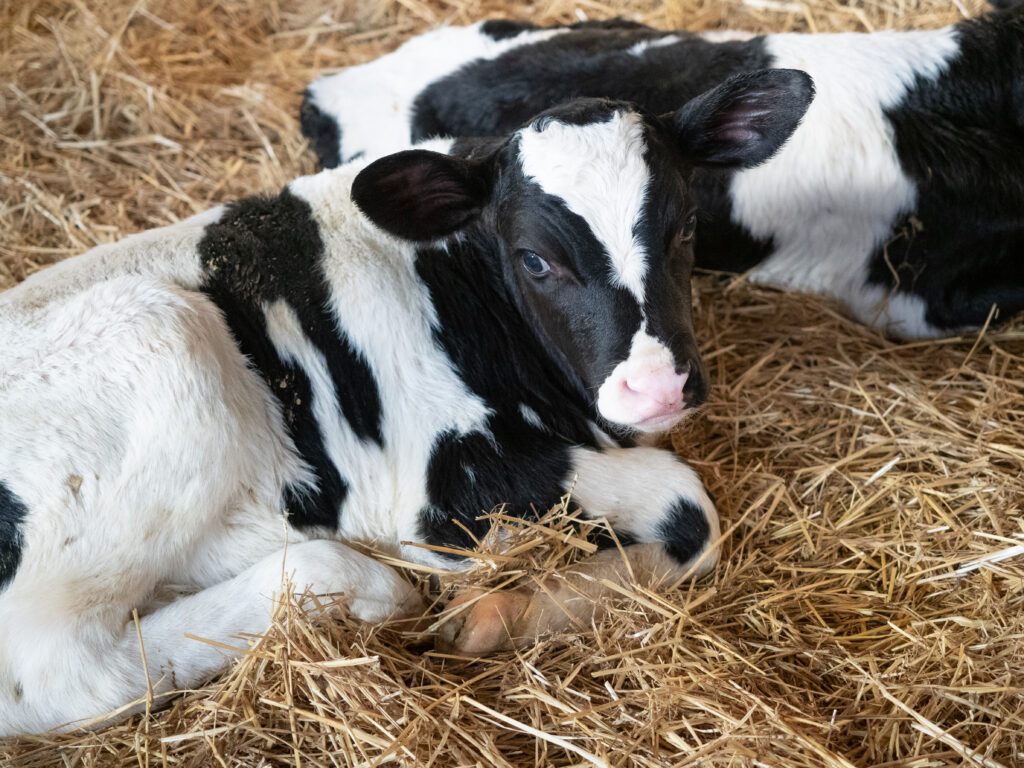
Calving season is coming around again, so it’s time to run through your checklist to make sure you’re ready. Good preparation and attention to the welfare of the animals prior to calving are the key steps to ensuring a successful calving season.
As you approach calving, move pregnant cows into paddocks that are in good condition with good drainage. It’s important to choose paddocks that won’t become soft and wet through pugging, which reduces drainage. Many farmers set up transitional paddocks for calving, which have been removed from the grazing rotation to reduce the chances of contamination or pugging.
For winter and early spring calving, you need to factor in shelter for cold temperatures. Young calves are susceptible to the cold, so they need shelter from the wind and rain. If you don’t have natural shelter for young calves, you may need to prepare calf sheds, portable shelters, or individual hutches. Sheds and other structures should be dry and protected from drafts but have good ventilation to prevent the buildup of gases. Also remember to prepare bedding with sawdust and shavings.
It’s time to go through your calving and calf rearing equipment and consumables to make sure you have everything you need to manage birthing and feeding young animals. It pays to do this well in advance of calving season, as products are in high demand and you won’t want delays receiving your supplies or to miss out.
View the Bainbridge calving equipment range.
Dust off your Brix refractometers and test the colostrum quality in the milk. This also tests for suitable levels of antibodies in the milk. Calves have a high demand for colostrum rich milk and need a reading of 22% Brix or higher for rearing from newborn calves. In the first two hours from birth, calves will need at least three litres of colostrum, which is as much as 10% of their body weight in some breeds.
As calving season approaches, monitor your pregnant cows closely and prepare to intervene with the birth if necessary. If any cow continues to have problems after ten minutes of intervention, you should seek veterinary help, so make sure you also have this prepared to avoid delays getting assistance.
For the first four weeks from birth, calves need a warm and dry environment, access to clean water, and sufficient levels of nutrition. You’ll need to clean the pens, monitor them regularly for disease, and take action if there are any signs of sickness. It’s prudent to have a dedicated sick pen ready if you need it.
Good preparation of your paddocks, shelter, equipment and colostrum quality goes a long way to ensuring a successful calving season. If you prepare well and have all the equipment and supplies you need, you’ll approach each season with confidence and help to give new calves a strong start in life.




Bainbridge Vet New Zealand© 2024 | Site by MRD Web